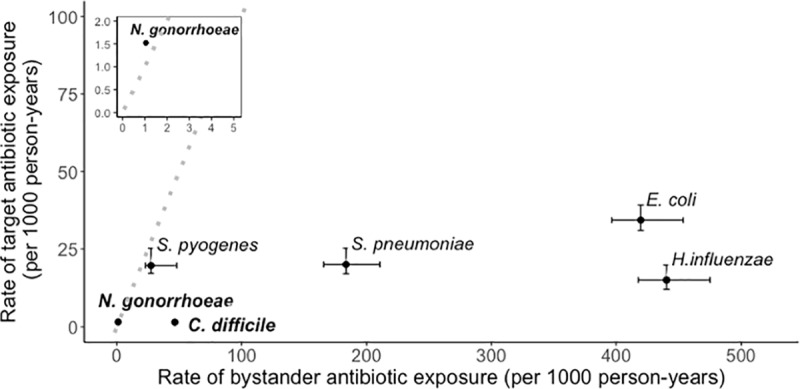Fig 3. Incidental antibiotic exposure during asymptomatic carriage exceeds disease-related antibiotic exposure for key human pathogens.

Bold font: Tier 1 urgent resistance concerns according to the CDC [1]. Standard font: The most frequent etiologic agents of the top indications for antibiotic prescription in United States ambulatory care. “Target antibiotic exposure” is defined as any antibiotic use associated with disease caused by that organism; “bystander antibiotic exposure” refers to the incidence of antibiotic exposure in asymptomatic carriage, roughly calculated as the product of the incidence of antibiotic prescription in ambulatory care and the proportion of the population in the relevant age group that carries the bacterium minus the number of target antibiotic exposures. The dotted line is where incidence of antibiotic exposure in carriage is equal to incidence of antibiotic exposure due to disease. See Tedijanto and colleagues [31] for method details, source references, and an alternate visualization of the same data on Neisseria gonorrhoeae, Streptococcus pyogenes, S. pneumoniae, Escherichia coli, and Haemophilus influenzae. Values for Clostridioides difficile were calculated using the same methodology and additional sources for disease incidence [33] and carriage prevalence [34]; see S1F Text for details. CDC, Centers for Disease Control and Prevention.
